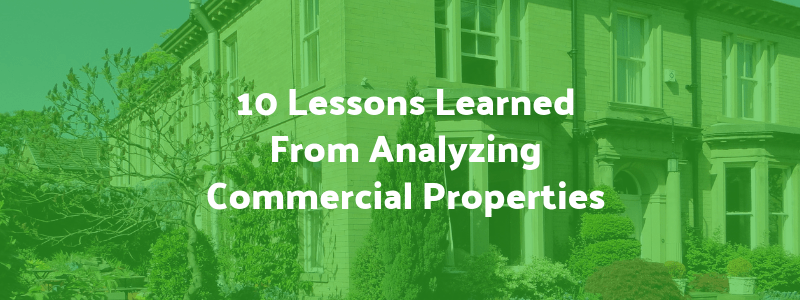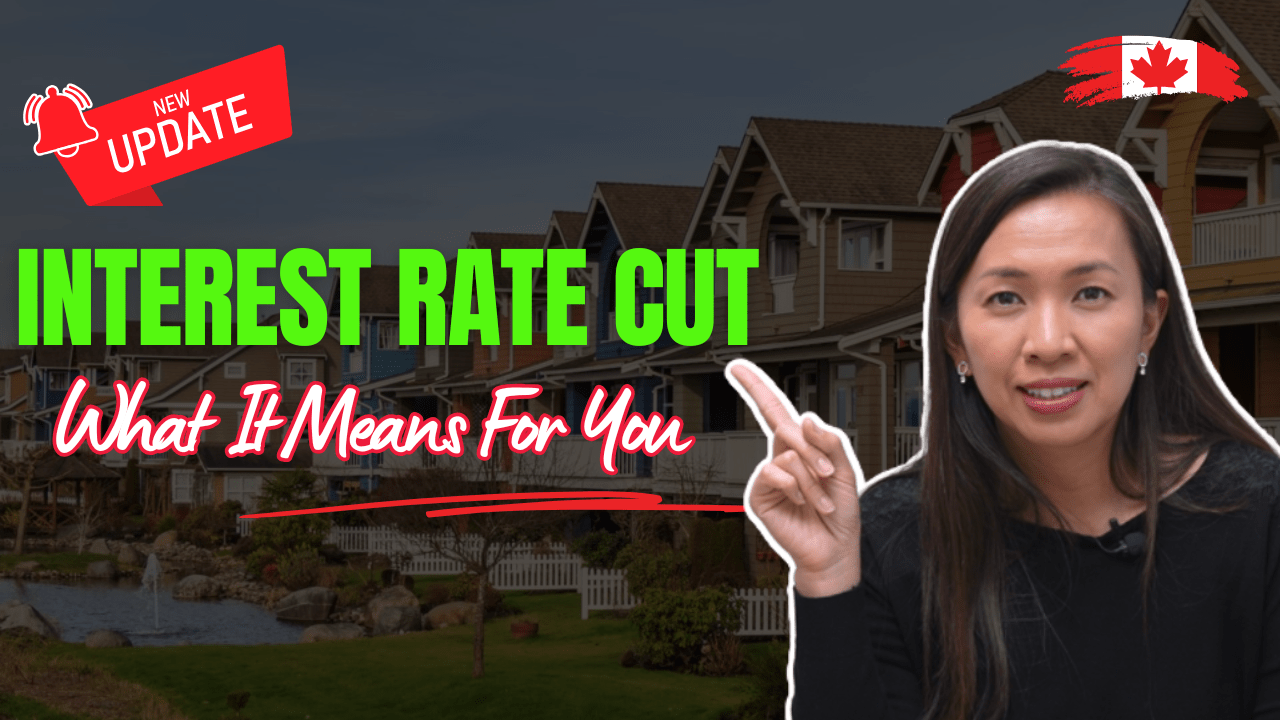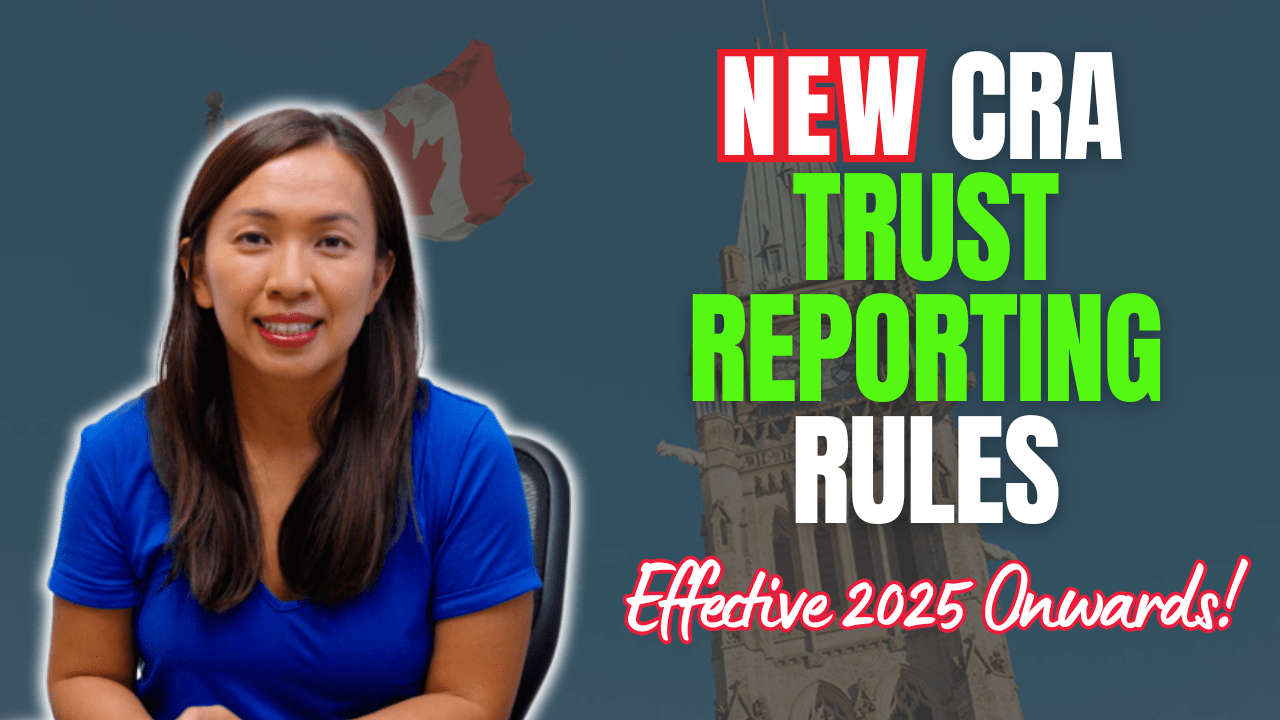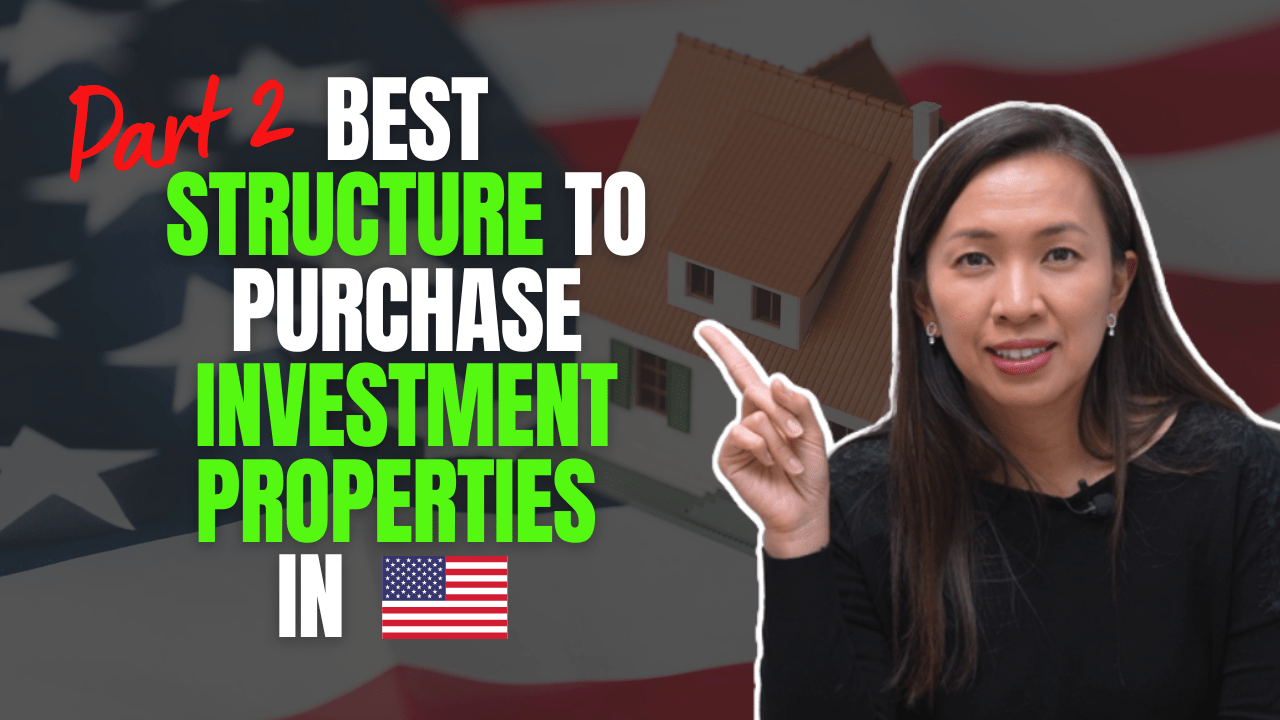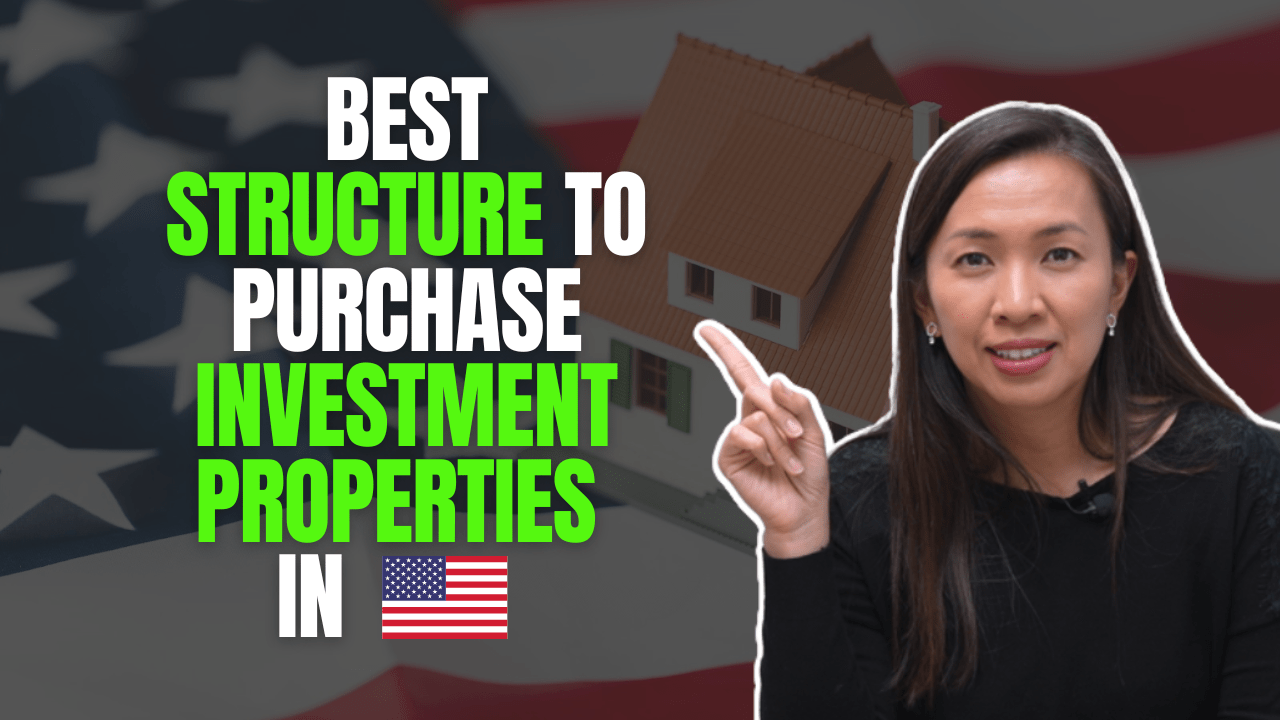A couple of weeks ago, Erwin and his friends found a mixed-used property that they’re interested in.
The property is located on a busy street, across the street from a site that was sold to a developer. This site will be home to a future condo building.
During our initial research period, the neighbouring property also goes up for sale.
The fact that a developer is going to construct a condo building across the street and the opportunity to buy two lots of sound almost too good to pass by.
What’s more interesting is that light rail transit (LRT) will be coming soon, at least that’s what city has announced and planned for years.
We all know that property prices go up by 10% to 20% as soon as public transit is completed. LRT stop is right at this location’s doorstep.
Needless to say, we were all over these two opportunities.
Just to give you some context, the first mix used property has 3 small commercial units and 3 residential units upstairs. One commercial unit and two residential units were vacant.
The second mix used property is a simple up and down setup. Upstairs is rented to a couple as a residential unit while downstairs is used by the current owner to run its business.
Erwin and I are experienced residential landlords, but we don’t have much experience with mix used properties valuation.
When in doubt, an accountant always goes back to the numbers and spreadsheet. So I went back to my best friend, excel, to do my analysis.
Here are some of the insights I would like to share with you.
-
Valuation of commercial properties is based on NOI and market cap rate.
Unlike residential homes, each commercial property is a unique property.
One universal way to value commercial property, including multi-unit residential property, is based on its net operating income (NOI) and the market cap rate.
NOI is the delta of rental income, less all operating expenses, such as property tax, utilities, insurance, repairs & maintenance, snow removal, cleaning, etc. NOI does NOT include mortgage payment or any of your debt servicing cost.
Cap rate is the rate of return on a property based on the income that the property is expected to generate. The market usually drives the cap rate. In the current market, many commercial real estate deals are done with a cap rate between 4% and 5%.
Valuation of the property = NOI / market cap rate
If NOI on the property is $100K, a cap rate of 4% means that the property is worth $2.5M. Cap rate of 5% means the property is worth $2M.
-
You gotta be cautious with NOI
Typically speaking, the sellers would provide a set of NOI calculation.
Sometimes, the sellers do property management themselves so the NOI calculation provided wouldn’t include property management expense.
Sometimes, the sellers defer the repairs and maintenance of the building. Large repairs may not have been reflected on their own NOI calculation.
When our group was analyzing the deals, we noticed that snow removal and property management were both excluded from the NOI calculation.
Also, the utilities used in the sellers’ calculation are based on the current usage. When the residential units are leased, these utilities also need to be adjusted.
You may think that these numbers can be small. It’s a disguise.
A $5K decrease in NOI with a 4% cap rate is equivalent to a drop of $125K in the valuation!
-
Know how banks look at deals
Now that you know how the market analyzes commercial property investment, let’s look at how the bank looks at these deals.
Banks do their own kind of valuation, following the NOI calculation mentioned above.
However, their assumption can be more conservative than our calculation.
Banks also don’t use a cap rate of 4% or 5%. They’re mostly looking lending with a cap rate of 5.5% and 6%.
Let’s assume that the bank arrives at the same NOI of $100K in our example above.
NOI of $100K with a 5.5% cap rate means the valuation of the property = $1.8M.
Using 6% cap rate, valuation of the same property would be $1.67M.
Depending on the buyers’ financial ability, maximum mortgage the banks would work with is 70% loan to value.
70% of $1.67M = $1.17M
If you buy at a 4% cap rate $2.5M, but the banks are only willing to finance with a 6% cap rate, this means that you have to potentially pay a downpayment of $1.3M.
It does not mean that you are not pursuing your opportunity, but this is what you would discover during the conditional period.
-
Vendor Take-Back mortgage (VTB) can be awesome and messy at the same time
Now you know a bit about commercial properties financing, you can appreciate why it is common for sellers to offer vendor take back the mortgage in the commercial world.
In this particular deal, the sellers are willing to offer a Vendor Take-Back mortgage up to 70% loan to value at an interest rate as low as 2% for 2 years.
Ultimately how much you can get from the vendor and the interest rate will be driven by your negotiation.
This potential vendor takes back mortgage sounds like a great deal, given that banks are offering at 5% to 6% interest rate.
There’s no free lunch in this world. 😉 So…what’s the catch?
The property has 3 vacant units, and the bank financing can be tough if you have 3 vacant units, the issue here will be
- When are we going to be able to fill the property?
- If we have no vacancies, what’s the maximum lending we can get from the bank?
- Can we fill the property before the expiry of the vendor take back mortgage?
- What if the commercial units go vacant due to LRT construction? What’s the worst case scenario?
Looking at all these scenarios, which lead us to the next point….
-
Sensitivity analysis is the key
In this particular property, we know that we can easily fill the two vacant residential units for a good amount of rent.
We don’t know if we can rent out the vacant commercial unit, given the high vacancies rate in the area. If you walk down the street, you can see many commercial units vacant in the area.
In addition to that, we learned from other cities that LRT construction could significantly affect local businesses nearby. Many businesses are forced to shut down, resulting from lack of foot traffic.
Do a best case and worst case scenario analysis. 😊 (You can see how much I love numbers!)
Do the best case calculation based on maximum rent we can get – calculate the amount of mortgage we can get, and return on investment.
Do the worst case scenario based on three commercial units vacant – calculate the monthly carrying cost, are we prepared to pay for the worst?
Do analysis based on different assumptions – if we’re fully tenanted, what’s the amount of mortgage we most likely to get?
-
Question every assumption you make
When I did my NOI analysis on the deal, I used an 8% property management fees. I also assumed 8% repairs and maintenance expense.
When Erwin’s friend analyzes my numbers, he suggested that we should lower the property management fees to 4%. His bank was using 4% as the property management fees.
I did NOI projection based on a 3% annual increase. Is it reasonable to expect the utilities go up every year?
Make sure you question all assumption, have a separate set of eyes even to ensure that your numbers are accurate.
The key here is to question the assumption made, maybe it’s too conservative, maybe it’s too aggressive. Look at the numbers and make sure you have a reasonable picture.
-
Be prepared for cash call
Once you have the best case scenario and worst case scenario, you now know where you stand.
In our particular deal, chances are, even if the property is fully tenanted, it’s very likely that we will have to have a large cash call at the end of the VTB mortgage term in 2 years.
This assumes that the bank will appraise the property based on 5.5% to 6% cap rate.
The cash flow is also different when the interest rate is raised to 5% to 6%.
-
Do your own research
Of course, numbers are just numbers. There’re so much more to the investment than simply numbers.
Maybe there will be a major employer coming to town.
Maybe the city is planning to buy back all the lots to build affordable housing.
Maybe the city is providing incentives for people to move into the area.
Maybe it is to talk to the owner directly to ask them why they’re selling.
It can also be the city providing help to local businesses affected by the LRT construction.
It can be calling up other landlords that have vacant units in the area and asking them for their input.
Whatever it is, numbers aren’t enough. You also need to do more research to make a good decision.
-
Compare this deal with other options available
This is a complicated deal for us. VTB and mix used properties.
To us, the return needs to provide a similar return to what our current investments are doing. That’s analyzing from the opportunity cost perspective.
Opportunity cost is the potential gain you would have to give up if you were to invest in an alternative investment.
We only have a limited amount of money. If we don’t invest in this property for say $100K, what could we have invested this $100K in and what return would we get from the other property?
If your expected return from this alternative is higher, maybe this mix used property isn’t worth it?
-
Have a clear goal
Everyone’s goal is different. My goal is to have financial security.
My investment philosophy is that I would not invest in something that cannot carry itself.
To others who have deeper pockets, they don’t mind the short-term carrying cost, expecting a much bigger payday at the end.
Everyone’s different. For us, we’re sitting out on this deal based on our situation and priorities.
Make sure you know what your goals are. Don’t be afraid to say yes and don’t be afraid to say no when it’s not a right fit!
Until next time, happy Canadian Real Estate Investing.
Cherry Chan, CPA, CA
Your Real Estate Accountant
